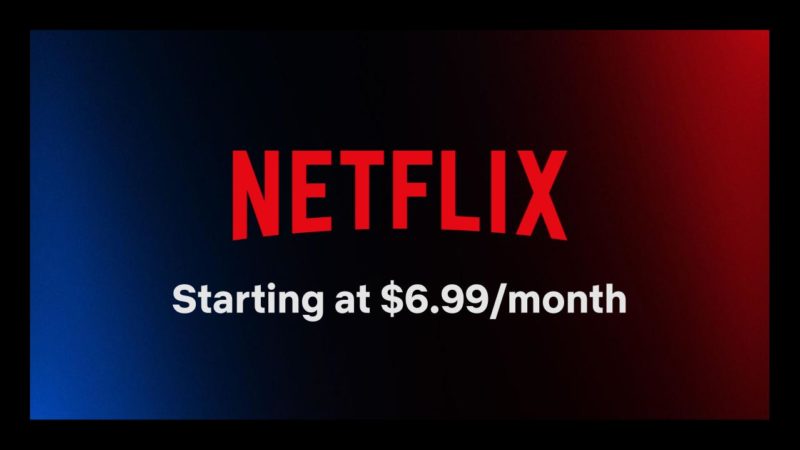Media agencies weigh in on Netflix’s $6.99 ad-supported tier in Australia
As the streaming platform Netflix gears up to introduce an advertising-supported subscription offering in Australia in November, Mumbrella’s Emma Shepherd speaks with local media buyers about their thoughts on how it’ll affect the local SVOD market.
Basic with Ads – Netflix’s lower priced ad-supported plan – will launch in November, according to the US-based subscription streaming service and production company via an early Friday morning (AEDT) press conference.
The key terms of the new tier include:
- Basic with Ads will cost just AU$6.99 per month in Australia and will launch on 4 November.
- Available in 12 countries: Basic with Ads will be available in Australia, Brazil, Canada, France, Germany, Italy, Japan, Korea, Mexico, Spain, the UK and the US.
- Current plans and members will not be impacted. Basic with Ads complements existing ad-free Basic, Standard and Premium plans.



Oh goody can’t wait, more betting adverts.